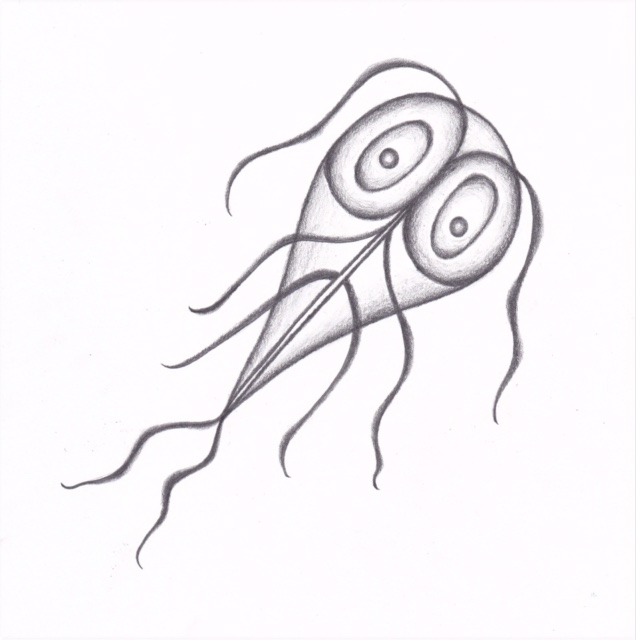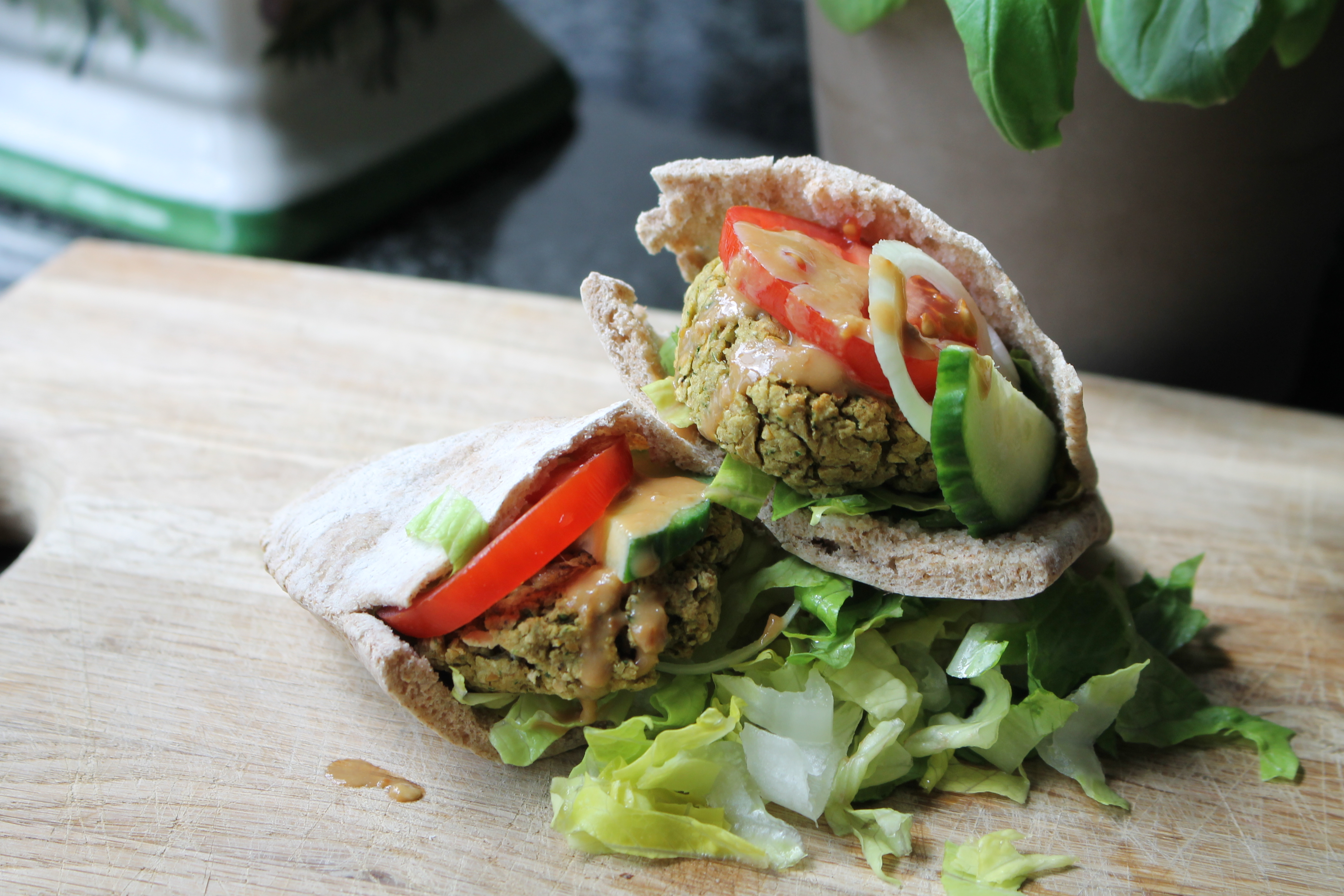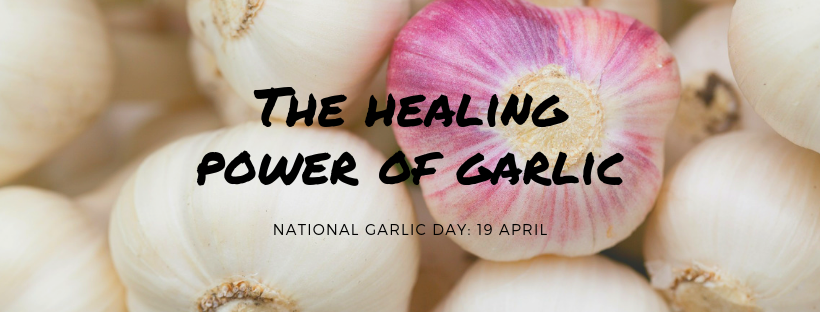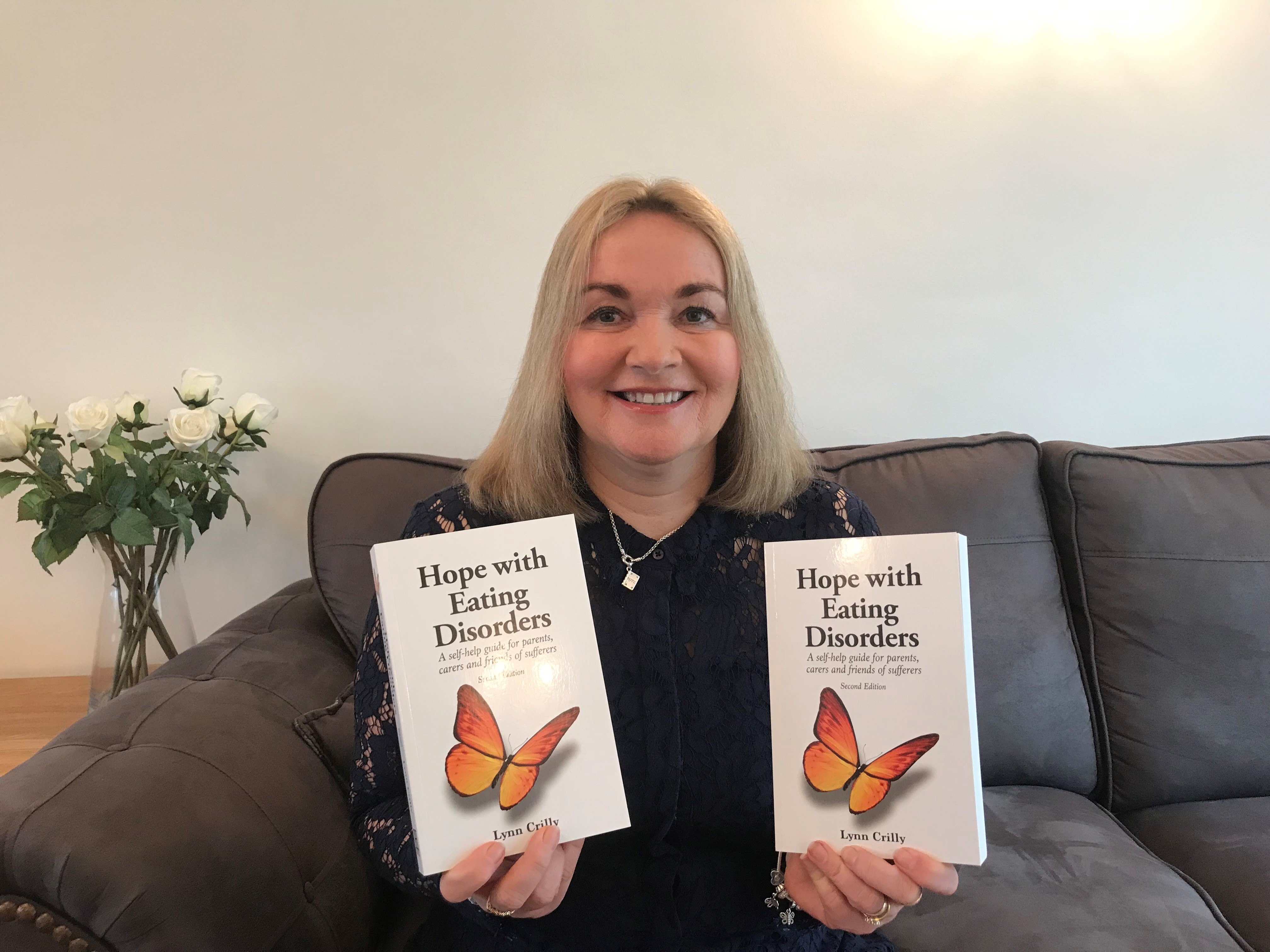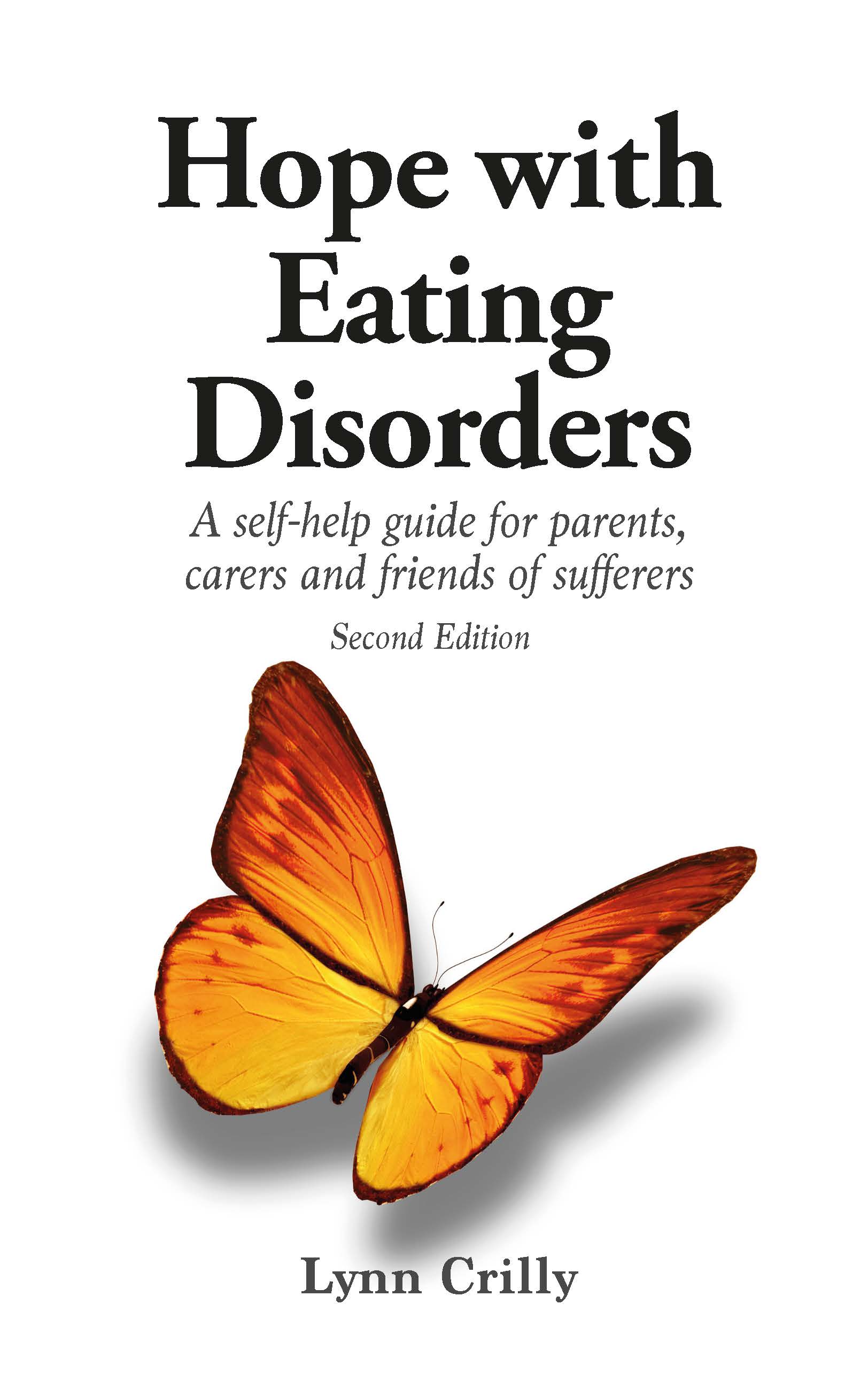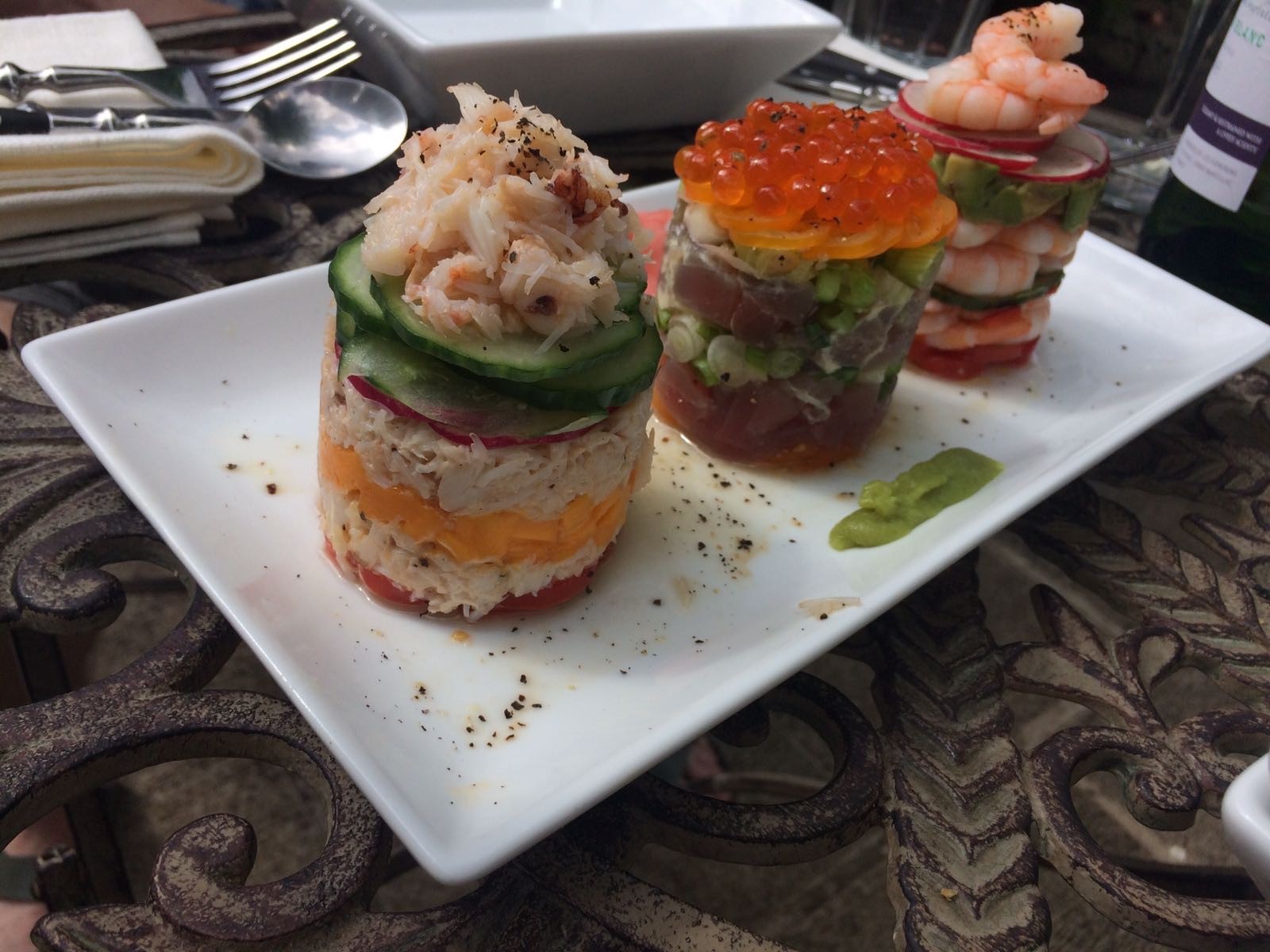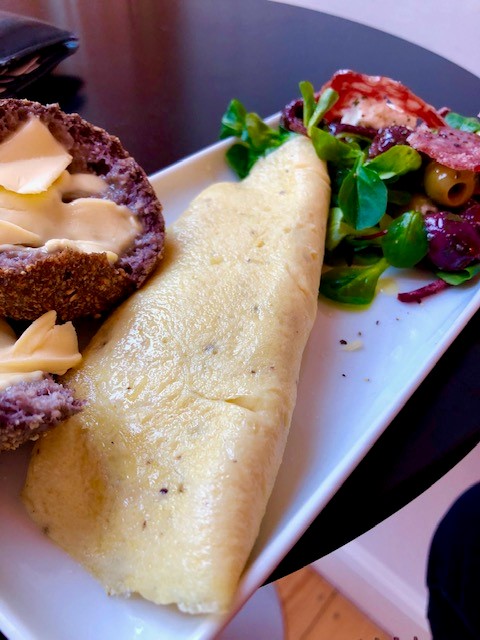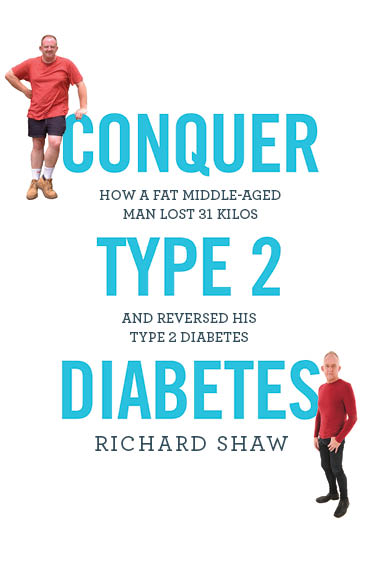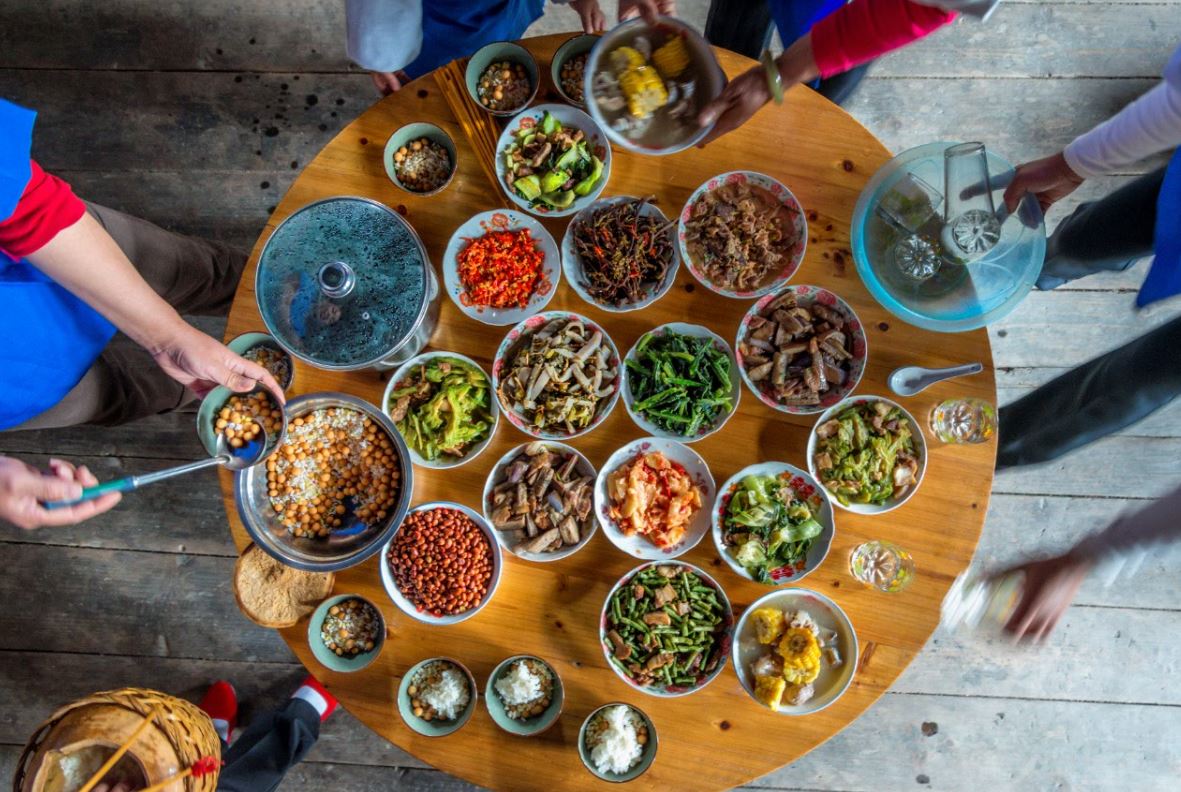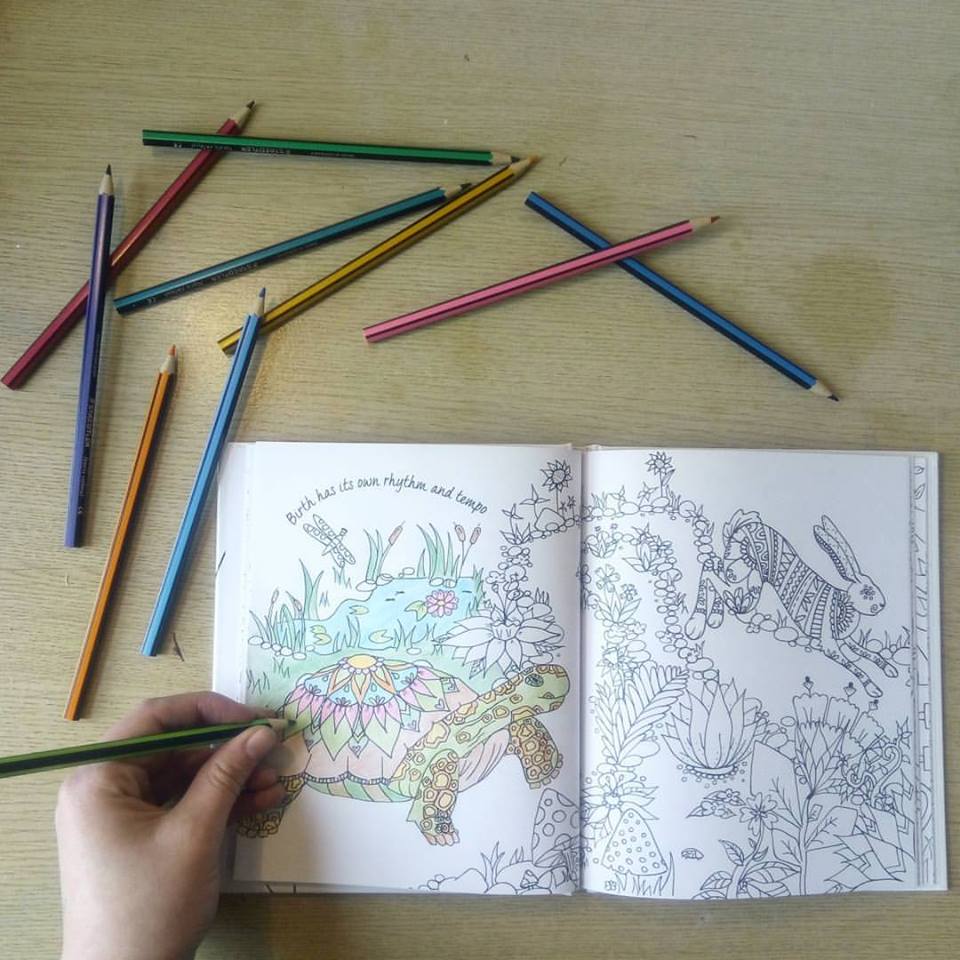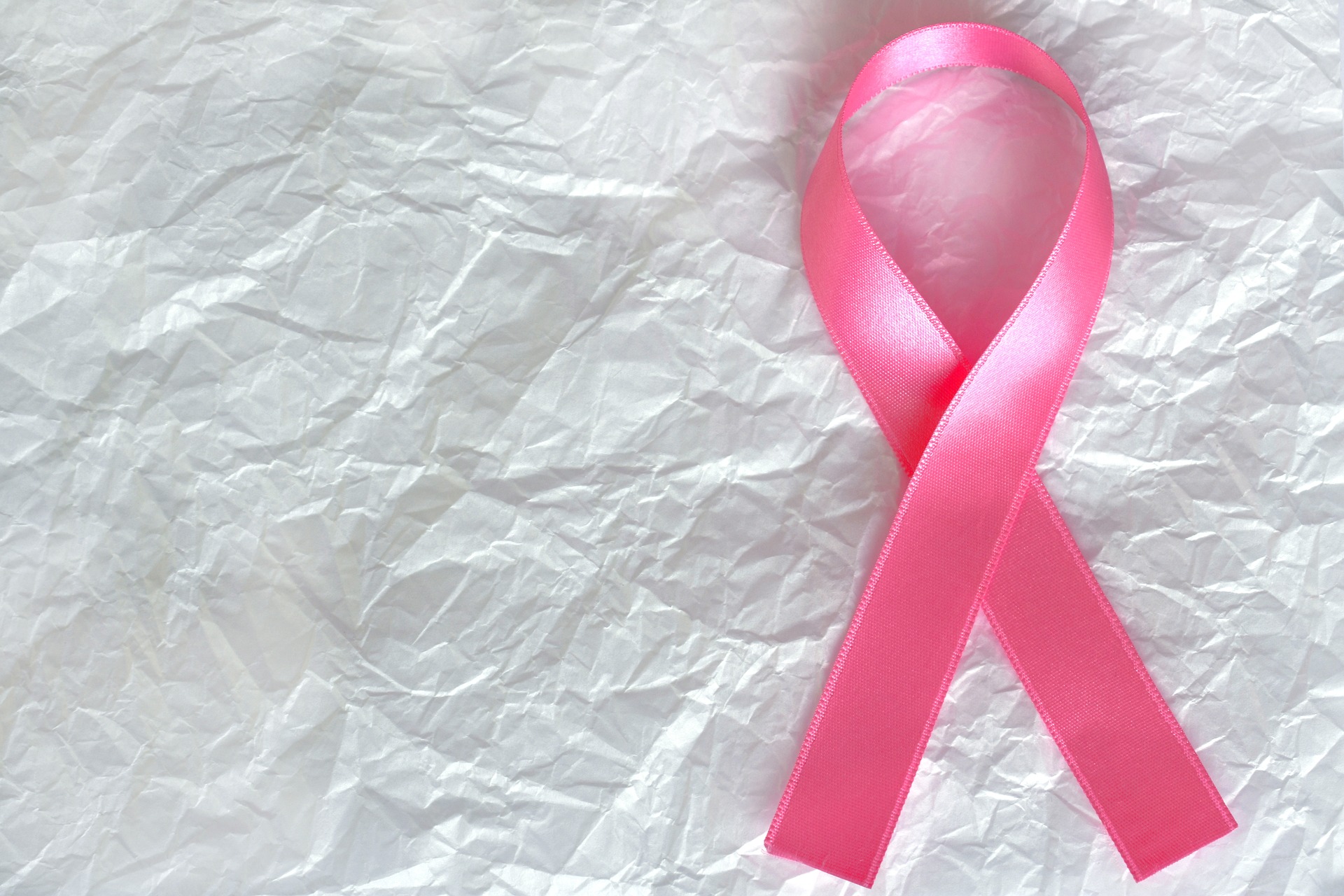
Clarissa Foster is the author of Understanding BRCA – Living with the Breast Cancer Gene. Her book was highly commended by the BMA in the Medical Book Awards, and recently, she was awarded the Beryl Bainbridge First Time Author Award at the 2019 People’s Book Prize. She was also a finalist for Best Author in the nonfiction category. The following post originally appeared in the BMJ blog for BMJ Sexual & Reproductive Health.
By Clarissa Foster, Author of ‘Understanding BRCA’
After learning that I carried a harmful BRCA2 gene mutation, I needed to make the decision on how I would manage my increased risk of breast and ovarian cancer. For a very brief moment, I considered the possibility of doing nothing at all – after all, I might never go on to develop cancer; I might be one of the lucky ones. But, the odds were very heavily stacked against me. If I knew that my flight had up to an 85% probability of crashing, I wouldn’t get on that plane! Likewise, if I knew that I had up to an 85% risk of breast cancer, I wouldn’t choose to do nothing about it.
I had three options available to me; enhanced screening, chemoprevention and risk-reducing surgery. Personally, I did not feel comfortable with breast screening throughout the course of my life for the simple reason that my risk of developing breast cancer was exceptionally high. Even if I was lucky enough for it to be caught early, I considered the fact that there were women whose cancers had been detected at an early stage who had still succumbed to their disease. Furthermore, with this option, I knew that I would always be living in fear of developing breast cancer. With regards to ovarian screening, I was advised by my genetic counsellor that there would be no screening available to me under the NHS as it was considered to be ineffective.
As far as chemoprevention was concerned, I disliked the idea of taking medications, such as tamoxifen, to lower my risk of developing breast cancer. This was partly because the side-effects experienced by people taking this drug can be extremely difficult to tolerate, causing many to stop taking it long before the five year period is up, and also partly because of the associated increased risk of uterine cancer. In addition, I felt that taking a low-dose oral contraceptive, which might lower my likelihood of ovarian cancer, was not the right choice either, because of the slightly increased risk of associated breast cancer. For these reasons, chemoprevention was not an option with which I was comfortable.
This left me with the possibility of risk-reducing surgery. Whilst this was the most drastic, and in no way an appealing option, it was the one which would give me the greatest reduction in risk of developing both breast and ovarian cancer. These at-risk tissues could be removed from my body, thereby lowering my risk of ovarian cancer down to approximately 1% and my risk of breast cancer down to approximately 3-5% to age 70. Being able to reduce my risks down to as low as this was phenomenal and, for me personally, it felt like the most logical step to take. Personally, I wanted to lower my risk of developing breast cancer and ovarian cancer by as much as possible and, for this reason, I soon knew that undergoing removal of my ovaries and tubes, known as a bilateral salpingo-oophorectomy (BSO), and a bilateral mastectomy was the right decision for me.
However, an emotion which lingered for many months was this feeling of having a choice, but not really having a choice. I didn’t want to have to have my ovaries or my breasts removed, but I knew that doing so would give me the very best protection against cancer. Very reluctantly, I began to prepare myself, mentally and emotionally, for major and life-changing surgery.
Having seen my mum suffer ovarian cancer, the decision to remove my ovaries and fallopian tubes was certainly the easier of the two decisions to make. I would do whatever it took to avoid ovarian cancer, but what was difficult was the fear of the unknown and the fear of what it might do to my health in other ways. I was terrified by the idea of going through the menopause and, particularly, a surgically induced menopause, as I was aware that this could be more severe than a natural one. Until now, the menopause was something a long way off in my future and not something I had ever really given any thought to at the relatively young age of 35.
Coming to terms with the decision to remove my breasts was an extremely difficult and emotional process. They were a very important part of my womanhood. I had only recently finished breastfeeding my youngest, which had been one of the most beautiful experiences in my life, and now to have to face removing them felt as if I was betraying them in some way, and worse still was the fear that I would feel mutilated or even violated by these surgeries. In addition, my breasts played a very important part in my love life and I wondered what effect losing them, and the erotic sensation that I would lose along with them, would have on my overall enjoyment of making love. Trying to look at the positives, however, if there was ever a right time to have to lose them, it would be after they had fulfilled their role breastfeeding my children and prior to them becoming a threat to my life. Only naturally, I questioned whether I would feel less of a woman without my breasts and ovaries – after all, it was these parts of my body which made me female. Fearing this as a possibility was just awful, but while this mutation could take my ovaries and breasts, it couldn’t remove my XX chromosome. I figured, I am genetically female and always will be – nothing can change that. Furthermore, my husband reassured me that, in his eyes, I would be more of a woman for finding the bravery and strength to face my fate head on and to do whatever was necessary to protect our family from the trauma of cancer.
My full personal journey, and an in-depth analysis of the science and medical literature relating to BRCA gene mutations, can be found in my book, ‘Understanding BRCA’, available via Amazon and all good book retailers. I am delighted to say that my book has been ‘highly commended’ by The British Medical Association (BMA) and is, also, a Finalist of The People’s Book Prize competition.
If you have been found to carry a harmful BRCA gene mutation, or if you fear that you may be at high risk of breast and/or ovarian cancer, please get in touch and I will do all that I can to provide as much support as possible. I can be reached via my webpage and associated Facebook support group – Understanding BRCA.
You can also read the first chapter of Clarissa’s book for free here.


